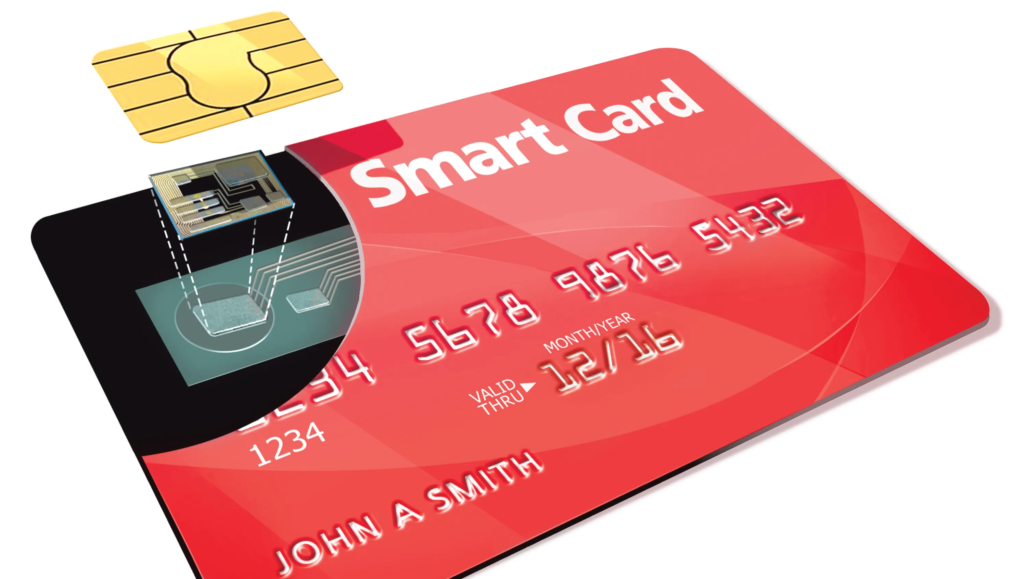
How EMV Compatible Cards Support Global Payment Integration
Magnetic stripes are easy to copy, but chips are not. EMV-compatible cards use dynamic authentication, which changes the data for each transaction. As a result, fraud attempts become far harder to succeed. Moreover, encryption protects sensitive payment information during processing. This security builds trust with consumers and merchants. Additionally, regulators worldwide encourage or mandate the adoption of chips. By enhancing security, EMV-compatible cards help reduce fraud losses and facilitate the integration of payment networks.
Interoperability across countries and systems
Travelers and businesses depend on seamless payments abroad. An EMV-compatible card makes this possible by working in various terminals and networks—for example, a card from a European bank functions in Asia or the Americas without issue. Moreover, payment processors can integrate across borders because the cards use standard protocols. This reduces technical barriers and operational costs. Global interoperability is no longer optional—it is expected. EMV-compatible cards deliver that expectation.

Supporting contactless and mobile payments
Global commerce increasingly relies on speed. Consumers want tap-and-go options and integration with mobile wallets. An EMV-compatible card supports both. They utilize near-field communication (NFC) for contactless transactions. Moreover, they integrate with digital wallets on smartphones or wearables. This flexibility ensures consistent experiences worldwide. Merchants benefit from shorter lines and faster checkouts. Customers benefit from convenience and security. The link between cards and mobile technology strengthens payment integration. This future-ready approach relies on EMV-compatible cards.
Integration with innovative card ecosystems
EMV is part of a broader ecosystem of chip-based cards. For example, a smart card can be used in banking, for identity verification, or for transit. EMV-compatible cards follow similar principles, enabling cross-industry synergies. Moreover, many issuers rely on Java card technology for flexibility and programmability. This allows developers to load secure applications onto the same card. As a result, payment cards can combine functions like transit passes or loyalty programs. Integration becomes smoother when different systems share a secure card platform. EMV-compatible cards connect payments to the wider smart card world.

Compliance with international regulations
Payment systems must comply with stringent global and local regulations. An EMV-compatible card facilitates compliance by adhering to widely recognized technical standards. For example, they meet PCI DSS security requirements and align with financial regulations across regions. Moreover, regulators favor standardized systems because they are easier to audit and verify. For banks, compliance reduces legal risks. For merchants, it simplifies acceptance. Therefore, EMV-compatible cards help align multiple stakeholders under one framework of trust and security.
Scalability for global commerce
As trade grows, payment systems must scale quickly. An EMV-compatible card supports this by offering a reliable framework that works across borders. Issuers can expand card programs into new regions without needing to redesign their technology. Moreover, acquirers can add merchants without significant infrastructure changes. This scalability lowers costs and speeds adoption. For both global e-commerce and physical retail, scalability is critical. With an EMV-compatible card, growth is not only possible but also efficient.

Why global payments depend on EMV-compatible cards
In conclusion, EMV-compatible cards enable global payment integration by offering standardized technology, enhanced security, and seamless interoperability. They support contactless options, integrate with the broader smart card ecosystem, and align with regulatory standards. Moreover, their scalability makes them suitable for global growth. Banks, merchants, and consumers all benefit from this reliable platform. For these reasons, modern global payments rely on EMV-compatible cards to ensure smooth, secure, and universal transactions. offer adoption and use


